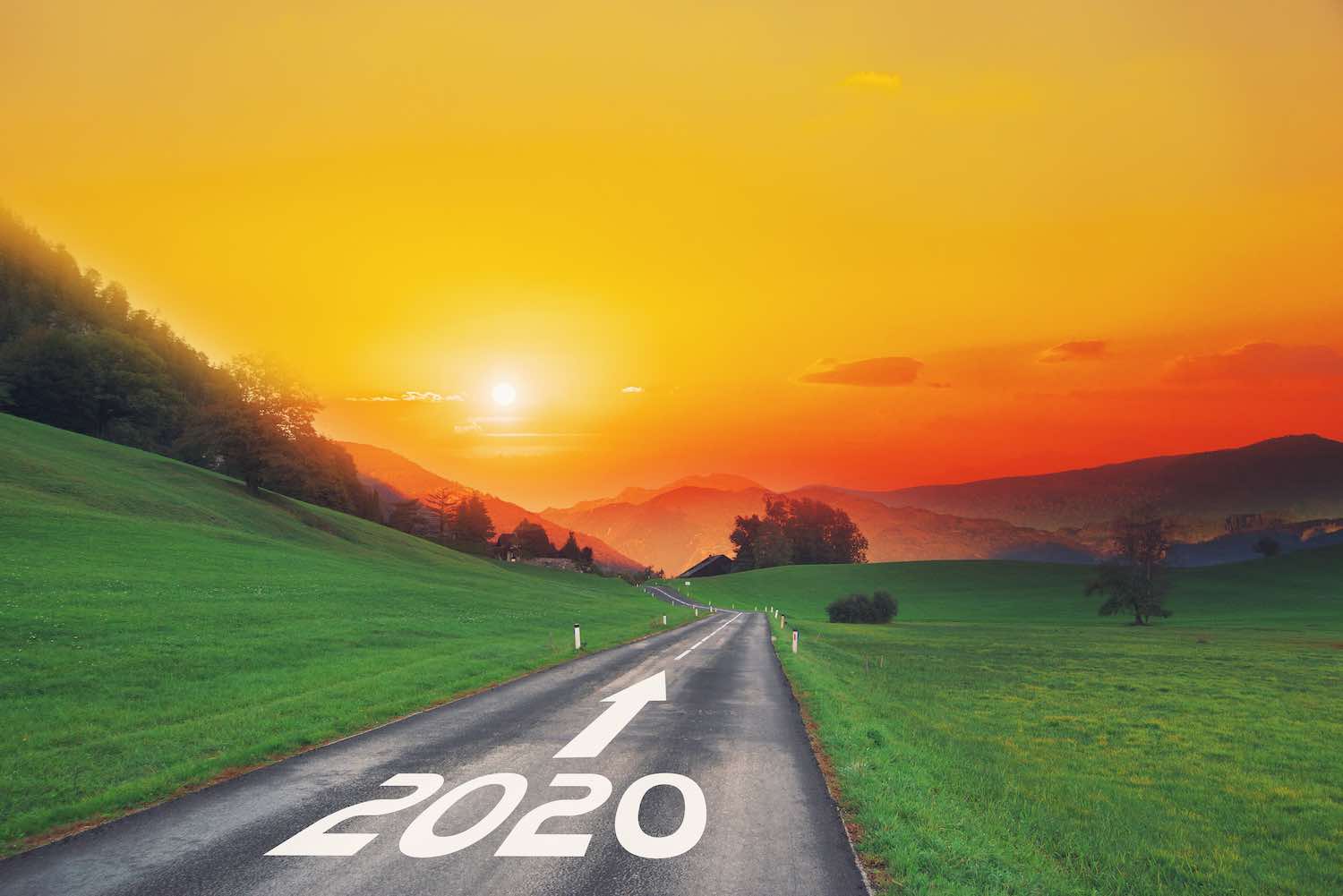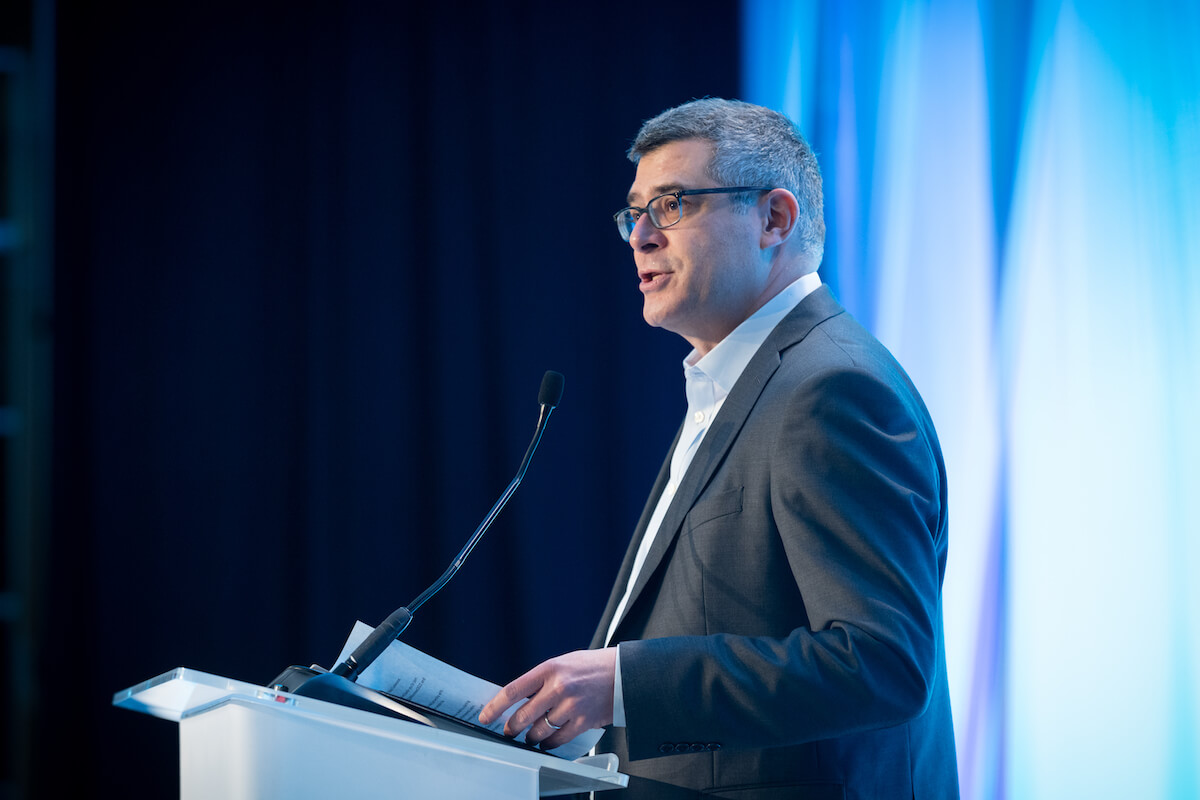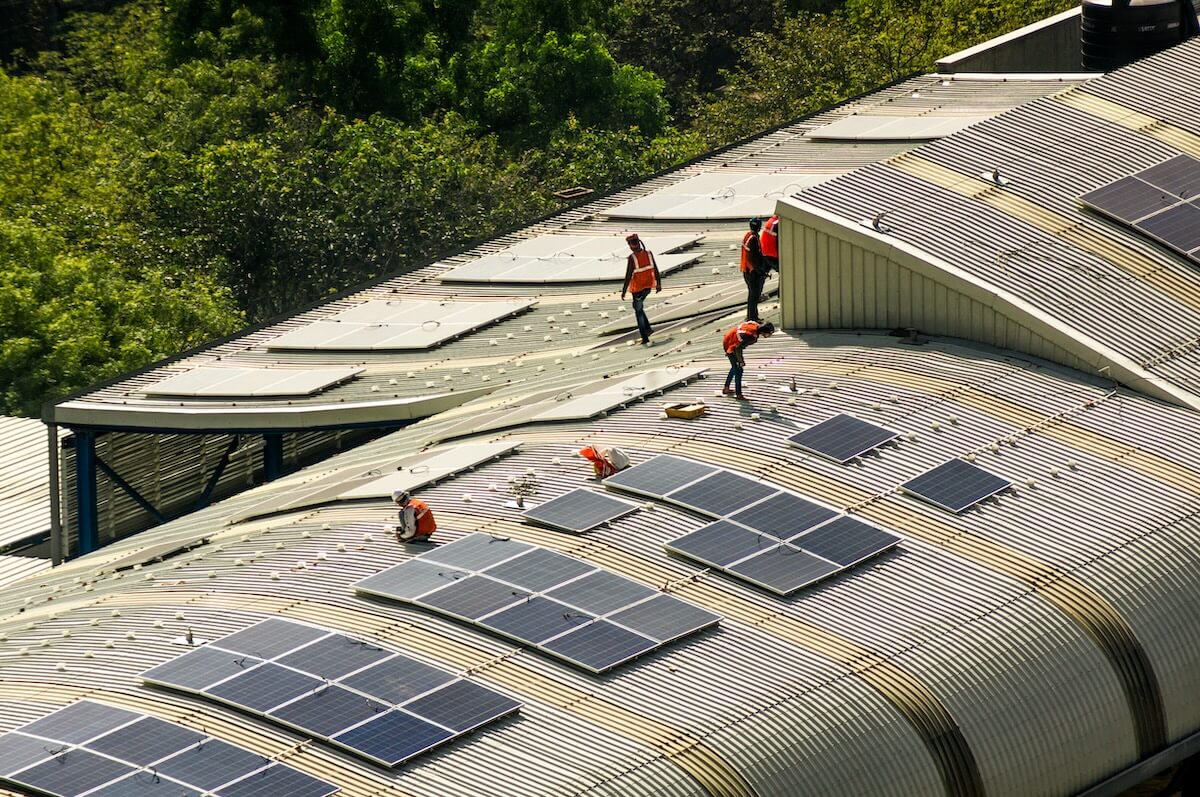ImpactAlpha, Oct. 14 – The COVID pandemic “has caused more disruption to the energy sector than any other event in recent history,” opens the International Energy Agency’s annual energy outlook.
Global energy demand will drop by 5% this year and CO2 emissions by 7% – and energy investment by 18%. Oil investments have fallen by a third and producers have written down $50 billion worth of assets this year, in what the IEA calls “a palpable expression of a shift in perceptions about the future.” The new strategic watchwords: low cost, low emissions and diversification of energy sources.
What happens next hinges on the duration of the pandemic, its economic fallout and the way clean energy and sustainability is built into recovery strategies.
Scenario planning
In two of the IEA’s four scenarios, humanity fails to take steps to prevent catastrophic warming. In two others, a sweeping transformation of the energy sector drastically reduces emissions and delivers the cleanest air in years. “We are entering a critical decade for accelerating clean energy transitions and putting emissions into structural decline,” IEA’s Fatih Birol writes in a foreword to the 400+ page report.
King Solar
As oil and coal consumption declines, renewables will see a slight rise in 2020. Solar is “at the center of this new constellation of electricity generation technologies” in all four of the IEA’s scenarios. Solar power is cheaper than new coal- or gas fired power plants in most countries, making it “some of the lowest cost electricity ever seen.” Even with current policies, renewables are expected to account for 80% of the growth in global demand over the next decade.
Net zero
Sustainable recovery plans like those proposed in the European Union, the U.K., Canada, Korea, and New Zealand could set a trajectory to net-zero emissions by 2050. The IEA calls for an additional $1 trillion in annual investments in efficiency, low-emissions power and electricity grids, and sustainable fuels.
To reach net-zero emissions by 2050, the IEA’s most ambitious scenario, “Governments, energy companies, investors and citizens all need to be on board,” the agency writes. “No part of the energy economy can lag behind.”
Funding shift
Transitions depend on government actions, notes the IEA, but more than 70% of related investments will come from private actors. The oil age’s equity and balance-sheet investing will give way to debt-based financing based on renewable energy’s predictable cash flows. The IEA also sees a greater role for banks, bond markets and infrastructure funds in financing the transition.











